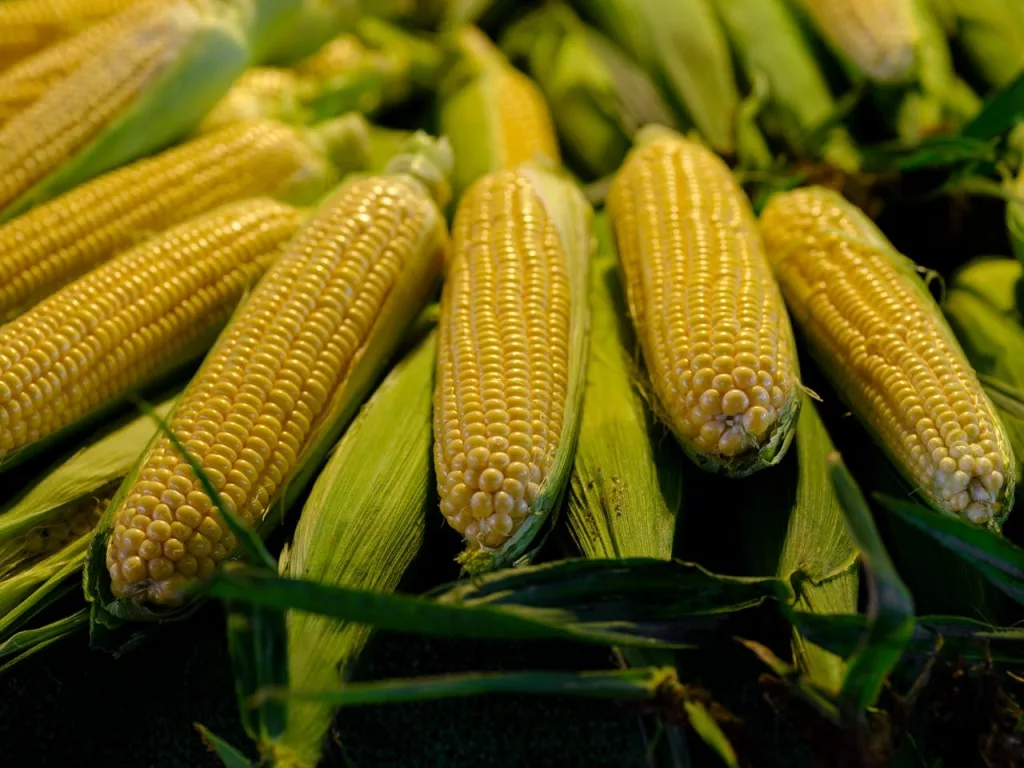PULLMAN, WA – Researchers at Washington State University have demonstrated a way to use corn protein to improve the performance of lithium-sulfur batteries, a finding that holds promise for expanding the use of the high-energy, lighter-weight batteries in electric vehicles, renewable energy storage and other applications.
Lithium-sulfur batteries are lighter for the same amount of energy and more environmentally friendly than commonly used lithium-ion batteries, but their commercial adoption has been limited by technological hurdles that shorten their lifespan.
The WSU team’s research, published in the Journal of Power Sources, showed that a protective barrier made of corn protein, in combination with a commonly used plastic, significantly improved the performance of a button-sized lithium-sulfur battery. The researchers found that the battery could hold its charge over 500 cycles, a significant improvement over batteries without the protective corn barrier, known as a separator.
“This work demonstrated a simple and efficient approach to preparing a functional separator for enhancing the battery’s performance,” said Katie Zhong, professor in the School of Mechanical and Materials Engineering and a corresponding author on the paper. “The results are excellent.”
Lithium-sulfur batteries are considered a possible alternative to lithium-ion batteries for many applications. They theoretically contain a lot more energy, so using them in cars or airplanes would require much smaller and lighter batteries than current batteries. Furthermore, the lithium-sulfur battery uses sulfur for its cathode, which is abundantly available, cheap, and non-toxic, making it more environmentally friendly than current batteries. The cathode of a lithium-ion battery is made of metal oxides and include toxic heavy metals like cobalt or nickel.
However, lithium-sulfur batteries suffer from two major problems. Called the shuttle effect, the sulfur portion of the battery tends to leak into the liquid part of the battery and migrate to the lithium side, causing the battery to stop working very quickly. The lithium side of the battery also often grows spikes of lithium metal, called dendrites, which can cause an electric short circuit.
In their proof-of-concept work, the researchers used corn protein as a cover for a separator in the middle of the battery to prevent both problems.
“Corn protein would make for a good battery material because it’s abundant, natural, and sustainable,” said Jin Liu, professor in the School of Mechanical and Materials Engineering and a corresponding author on the paper.
Graduate students Ying Guo, Pedaballi Sireesha and Chenxu Wang led the work.
The building blocks of the protein are amino acids, which reacted with the battery materials to improve the movement of lithium ions and inhibit the shuttle effect. Because protein is naturally folded on top of itself, the researchers added a small amount of flexible plastic to flatten it and improve its performance.
“The first thing we need to think about is how to open the protein, so we can use those interactions and manipulate the protein,” said Liu.
The researchers conducted both numerical studies and experiments to prove the battery’s success. They are conducting further studies on how the process worked, which amino acid interactions might be responsible, and how the protein structure might be optimized.
“A protein is a very complicated structure,” said Zhong. “We need to do further simulation studies to identify which amino acids in the protein structure can work best for solving the critical shuttle effect and dendrite problems.”
The researchers would like to collaborate with industry partners to study larger experimental batteries and to scale up the process. The work was funded by the U.S. Department of Agriculture.
